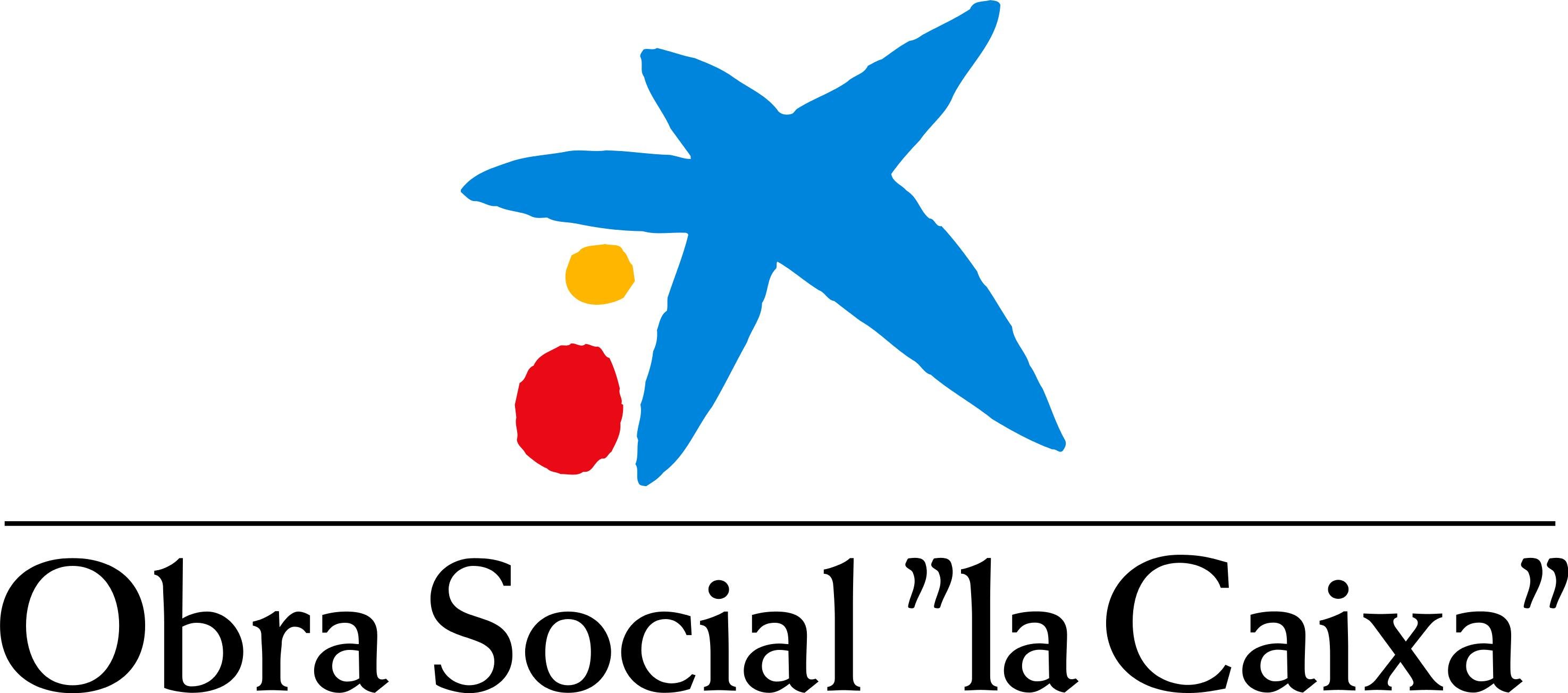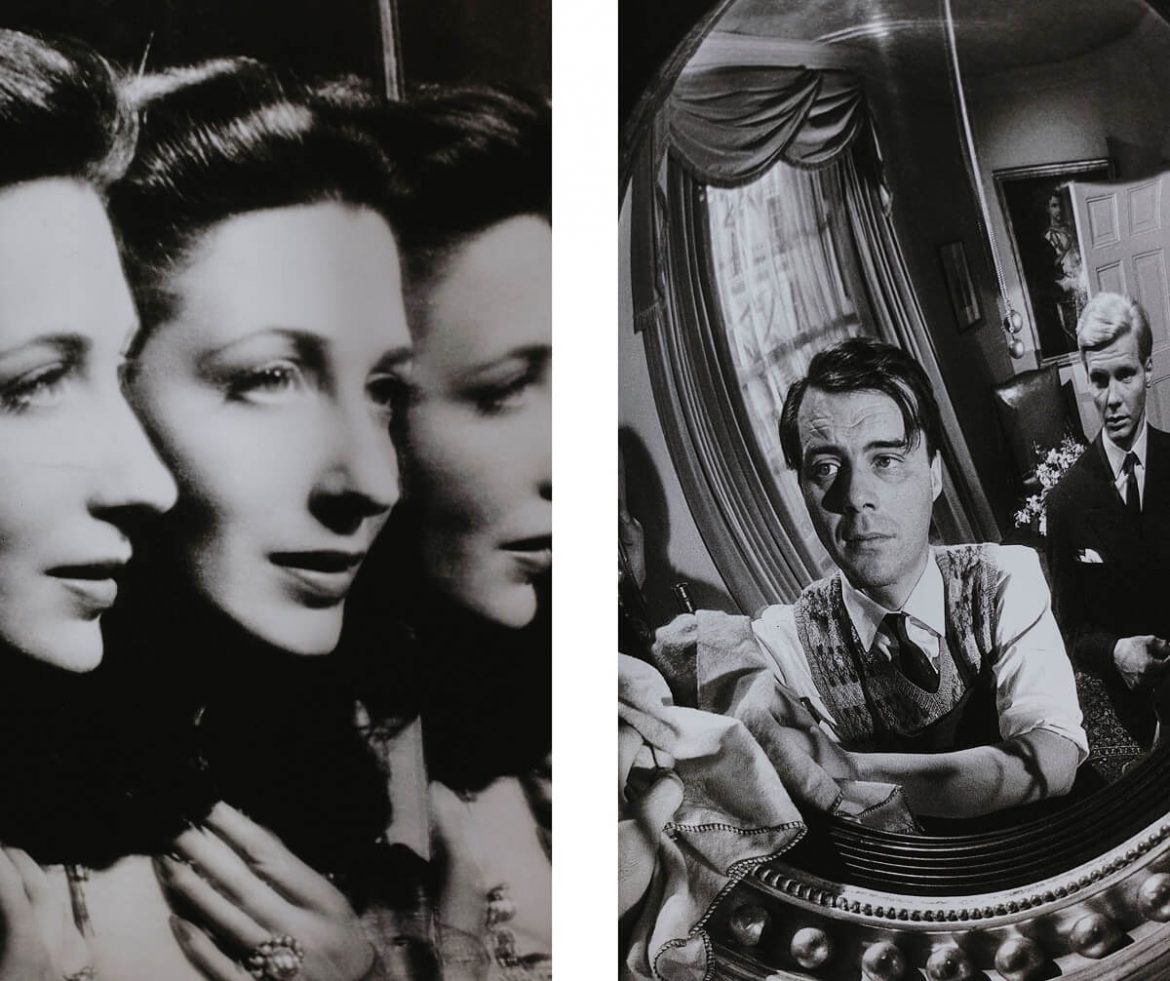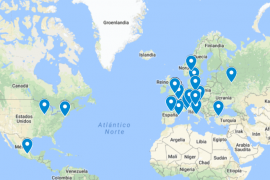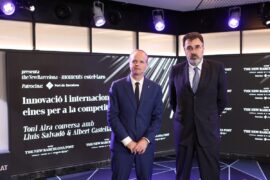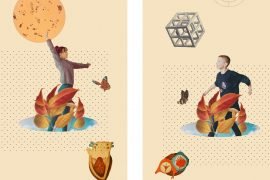[dropcap letter=”T”]
he farthest antecedents of the mirror go back to the year 6,000 a. C. in Anatolia; which means that mirrors have accompanied humankind practically since the beginning of the civilization. Its uses and composition are diverse, depending on the time and place, but it soon became clear that mirrors do not reflect only what is in front of them, but also allow us to see far beyond what our limited vision allows.
Science and the militaries knew how to quickly take advantage of this ability to direct light, and therefore, energy. In fact, the legend has it that Archimedes already used concave mirrors to reflect the sun’s rays and burn, thus, the sails of the Roman ships that pretended to invade Syracuse… Nor would it have been possible to travel through the oceans without the mirrors of the sextants that allowed to determine the latitude at sea (and even later in space!) or carry out most of the astronomical discoveries.
We tend to think that mirrors are a true reflection of reality, but, despite using them continuously, throughout the day, we forget that they are subject to technical conditions that determine the image that is reflected. Reality changes depending on the perspective with which you look at it, as we all know. This is reminded at the first part of the exhibition. Playing with the visitors’ senses, awakening their curiosity with combinations of mirrors, more than one will have the impression of living in a deformed, psychedelic world. Besides being fun, all these experiences also awaken in the spectator a deeper reflection on his/her importance as observer and on the infinite possibilities that the mirror opens in the scientific field.
But it is in the second part of the exhibition, passing to the other side of the mirror, when we can verify the fantastic possibilities offered by mirrors for research, both in astronomy and in other fields of physics. Because reflecting on mirrors means, first of all, reflecting on light and its properties: how it is produced, how it is transmitted and how one can take advantage of this source of unlimited knowledge and energy. Mirrors practically allow the possibility of taming the light, and one of the great successes of the exhibition is to present specific cases, easily understandable to the visitor.
The exhibition also presents an extraordinary piece: a mirror of the interferometer of the European project Virgo, originally located in Pisa, a device of such precision that it is capable of detecting the slightest interference and which allowed, in 2015, observing for the first time Gravitational waves described by Albert Einstein (those famous wrinkles in spacetime). In the words of Elisa Durán, it is “a discovery that opened a new investigation line in the exploration of the cosmos”.
Finally, in these times of prevalence of social networks, the exhibition has the wisdom to end with a nod concerning the image that we reflect through an entertaining game of mirrors, which brings us back, thus, to our immediate environment.
Text: Raúl M. Torres
Photograph: Laia Sabaté
You can read more stories like this on ALMA, the social social media, a digital space devoted to the social field, which brings a new look at the present and the future of society, from an optimistic and diverse point of view, and from all the initiatives that “la Caixa” Foundation promote.

